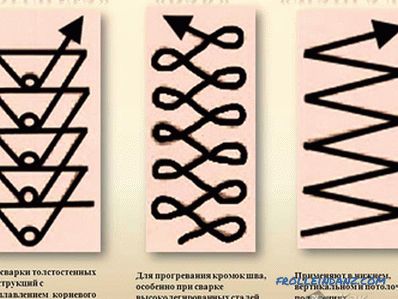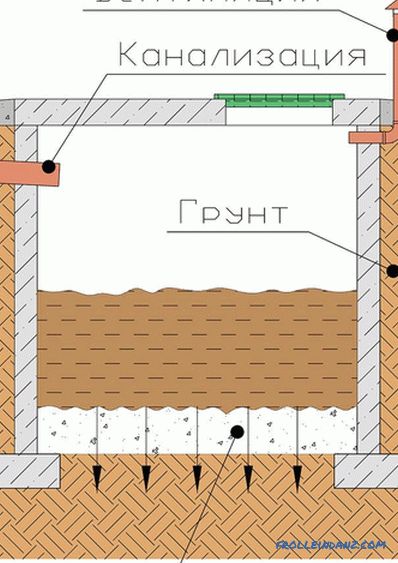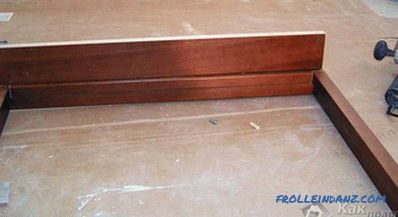A log house or a house from a bar requires high-quality insulation. Some modern technologies make it possible to do without gaskets between the rims, but in most cases the use of mezhventsovyh heaters necessarily. In order for the house to be truly warm, due attention must be paid to sealing all gaps.
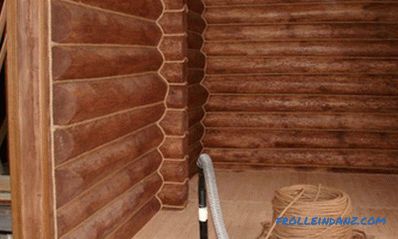
The jute rope is not squeezed out during the shrinkage of the log house, retains heat well and is resistant to the formation of mold.
The modern market is replete with offers of various materials for the caulker, and it may be difficult for the simple buyer to make a choice than to insulate his house from a bar or log. In order to decide, you need to know the features of traditional seals and more modern tape materials that can be put between a bar or logs.
Traditional seals
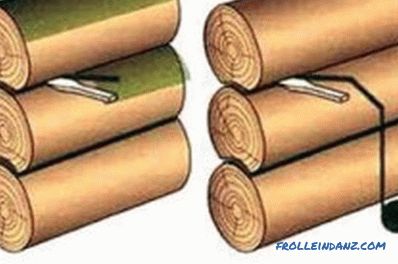
Methods for caulking.
This group includes natural materials such as tow, sphagnum and fluffed pine wood. Very often, log houses are insulated with tow. After the walls are assembled with its special tool, they are hammered into the cracks between the logs simultaneously from the inside and the outside to avoid possible wall skewing. If the caulk work is done at the proper level, the height of the walls increases by about 10 cm. The house shrinkage process causes the tow to be squeezed out of the gaps, therefore a second caulker is carried out a year and a half later. To seal the gaps between the bar is undesirable. Such structures have small gaps in which it is very difficult to evenly lay the tow.
Sphagnum moss is not rotting and protects wood from this process. However, its disadvantage is fragility - the moss crumbles, which does not allow the re-cauldron to perform. Cellulose, or fluff wood, consists of fairly short fibers. If such a seal accidentally gets wet, then immediately it shrinks and a loss of elasticity, which reduces the tightness of the seals. The main condition when using fluff wood is that it should not protrude from the grooves and get wet.
Tape seals
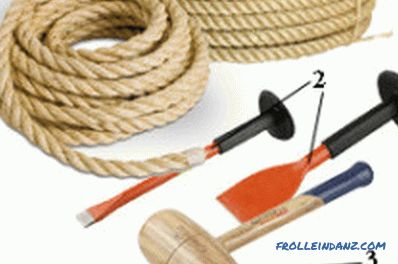
Tools for caulking tools.
Modern technologies make it possible to significantly simplify the process of sealing inter-spring gaps.
Depending on the type and quality of building materials, the tape can be laid in several layers, providing the required thickness of the gasket.
Such heaters include jute, linen and flax jute tapes, produced in the form of linen or thicker felt.
Jute tapes, unlike any other materials, completely cope with excess moisture, providing protection from its impact.
This is due to the 20% lignin content of the jute material. A small roughness determines the use of jute mainly in log houses, where it is easy to lay.
Methods for laying an inter-layer seal: 1 - without bends; 2 - with a double-sided bend; 3 - with a one-sided bend.
Linen materials can be put both between logs and between the bar. This insulation is soft, light and just fit. However, the low content of lignin (3%) makes its use undesirable in places of constant or periodically abundant exposure to moisture.
Linen-jute tapes combine the characteristics of the two previous materials: the excellent insulating properties of jute and the softness of flax. It is worth knowing that the highest quality materials are considered for the insulation of houses, the flax content of which does not exceed 20%. This seal is successfully used for round logs and lumber.
The undoubted advantages of tape heaters are:
- excellent compaction due to uniform laying and material density;
- good leveling of uneven logs;
- high mechanical durability and very low permeability;
- protection against decay and biological destruction of wood;
- do not crumble, are not damaged by insects;
- because of the high content of lignin, which connects cellulose fibers wood, excellent for wooden houses.
How to warm a house from a timber or frame - choose a host. Wood is the most environmentally friendly and most suitable material for housing. To keep its qualities to the full, it is necessary to give preference to heaters made from natural materials. It is also worth remembering that the durability of a wooden house largely depends on how high-quality inter-coat insulation.
Didn't find the answer in the article? More information on the topic:
-
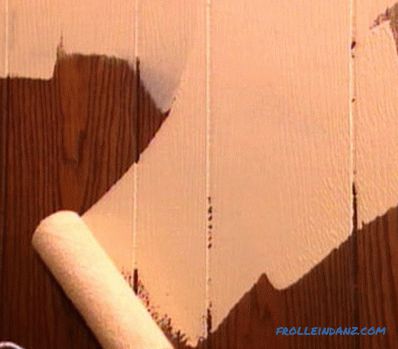
Technology of laying inside the house
Laying lining: preparatory work, the manufacture of frame construction, fixing the insulator and vapor barrier.Installation of lining in different ways to the surface of the frame, painting the lining.
